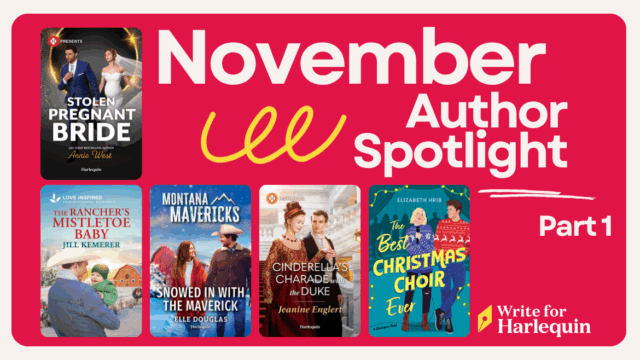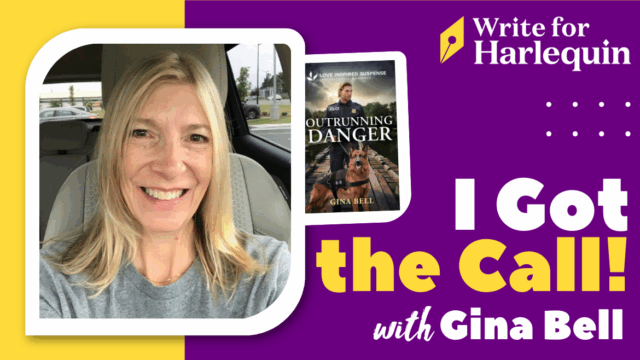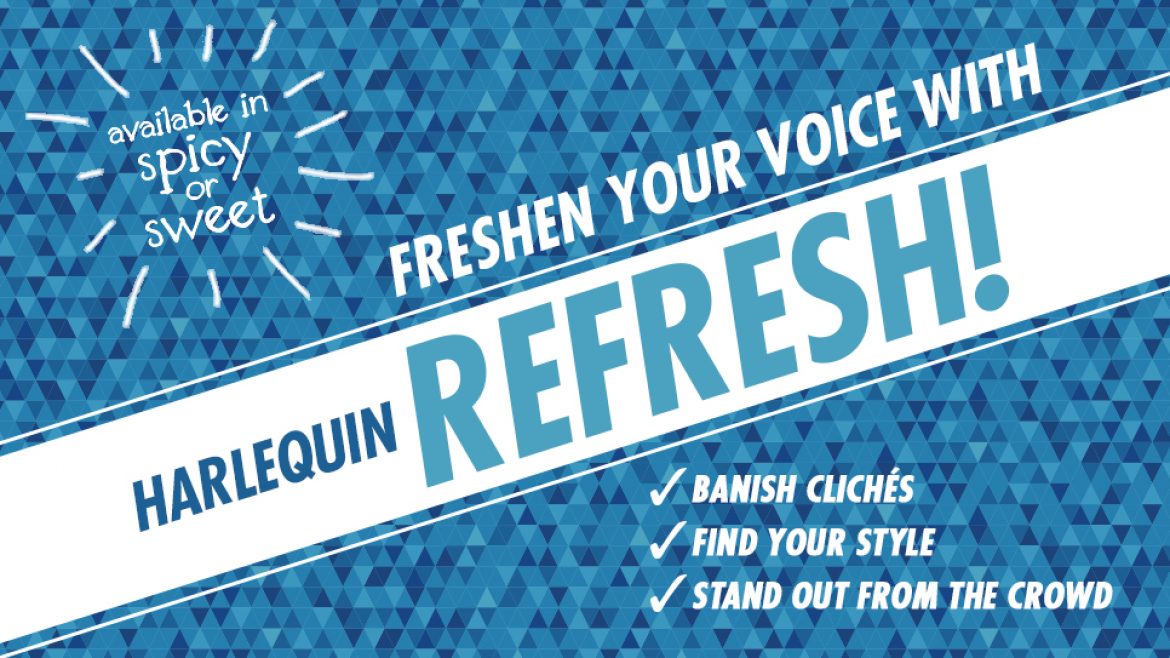
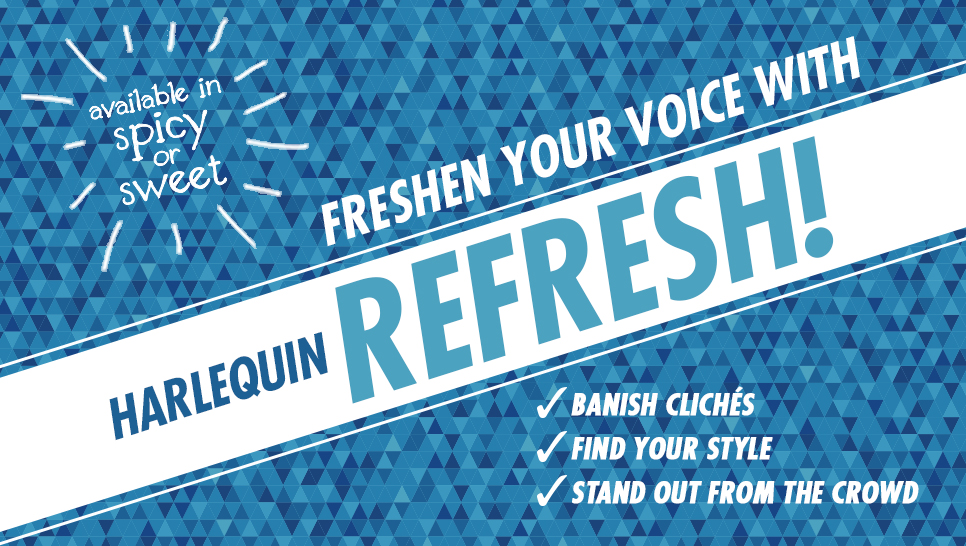
Character clichés. Archetypes. Stock characters. We encounter them in every genre—the mad scientist, the femme fatale, the high school jock, that geek with acne. There are millions of stories out in the world today, so of course we’re going to encounter similar people from time to time.
One thing is certain, though: a reader needs to be captivated by a story’s dynamic characters if they’re going to spend the next 200 pages with them. We know you’re constantly developing unique, fascinating characters; but sometimes it’s easy to fall back on what’s familiar, and what we know works. Creating non-cliché characters that break the mold is part of making your story stand out, and giving it a fresh, contemporary voice.
As you’re writing, keep an eye out for when you might be leaning on a character cliché. Here are some we’d love to see refreshed, flipped or made more complex:
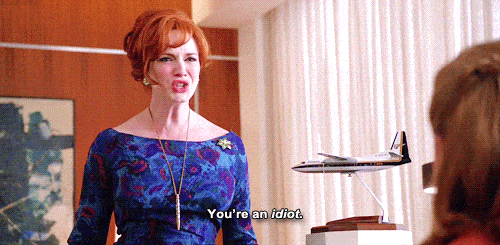
The feisty redhead: How often do you read shy, sweet redheads in romance? This is one case where literature might not be reflecting real life.
The villainous ex: Great external conflict, but if they’re authentic and realistically motivated, they can add much more! After all, your protagonist dated them—what does their ex say about them?
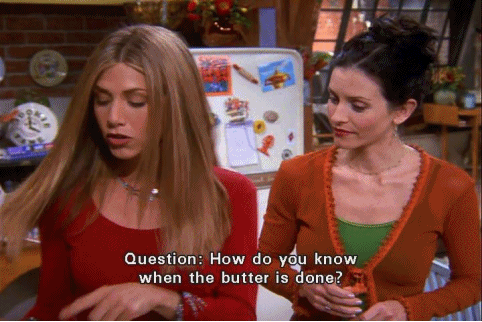
The best friends who only ever talk about the love interest: Personally, we love to see friends bond over things outside the romance.
An underdeveloped tomboy heroine and aspects of the “not like other girls” trope: We love tomboys, but there’s nothing wrong with a girly girl either! And really, what do either of those terms mean? Sometimes this trope suggests femininity is black-and-white, but there are so many ways to understand and express femininity, and we love stories that celebrate that!
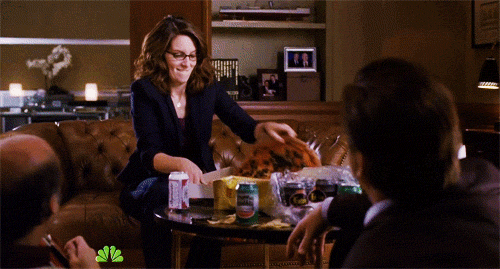
The hero who comments on the heroine’s hearty appetite: He’s surprised she’ll eat a burger, or that she’ll eat in front of him at all! Think about how the details inform the characters—is this a unoriginal observation, or is it authentic?
Small-town stock figures to watch for: The wise-cracking diner owner, the Boy Scout deputy, the gruff father, the gutsy grandma, the wise old grandpa. How can you make them unique to your story?

The overweight heroine with self-esteem issues: Maybe she’s confident about her body and living her best life because she’s super awesome! Consider also, the heroine who doesn’t know she’s beautiful (which makes her more beautiful!).
Stereotypes and tokenism: Always something to be mindful of, especially when portraying diverse characters. They should be as multifaceted as everyone else!
The alpha-hole: Possessive, thinks he knows best, maybe a bit insulting? There’s been lots of talk about this hero in romance, and a shift away from it already!
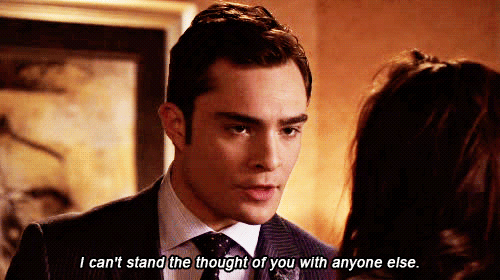
Putting any of these characters in your story is not a bad thing, and it certainly won’t make us set your book aside. Avoiding character clichés, or ones that fall flat, starts with experimentation and developing your characters from the inside out. Giving them clear goals, histories and motivations makes them three-dimensional and helps us understand what drives them. Characters are people, not just symbols. Once they’ve captivated us, we want to get to know them, spend time with them, and understand what makes them tick!
How do you get around archetypes and clichés as you develop characters? What are your character pet peeves? Tell us all about it in the comments!



